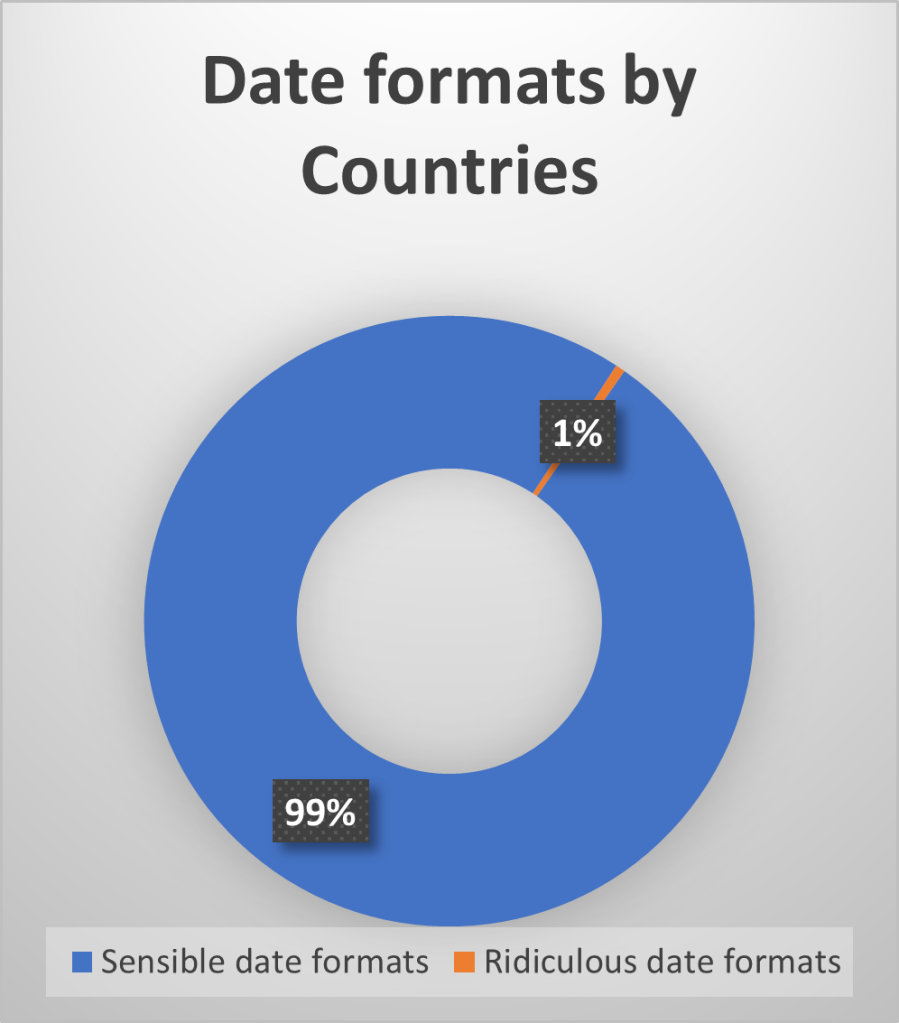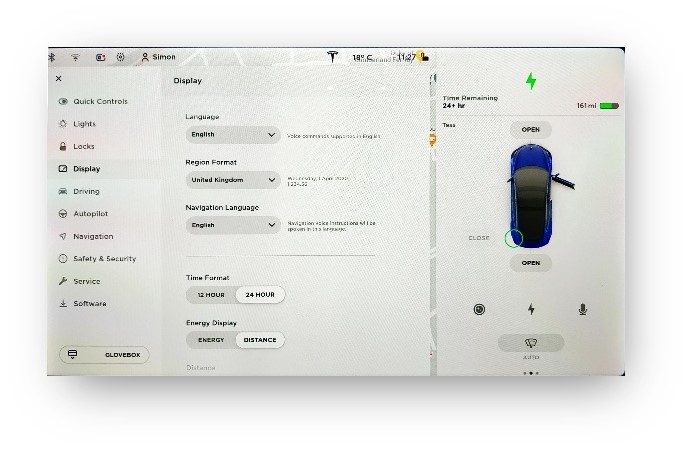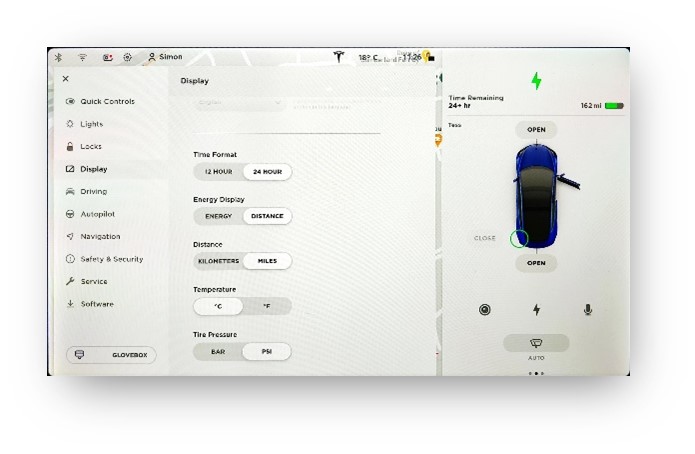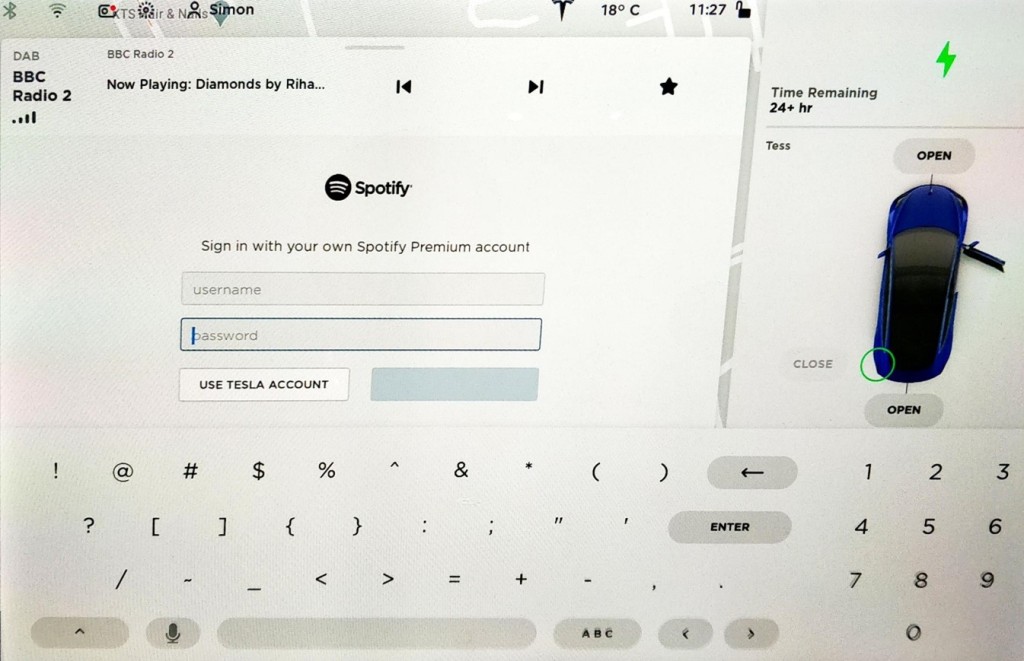This month, my wife and I treated ourselves. We are nearing the end of our active working lives; our businesses have been modestly successful and we find ourselves with enough money to be able to indulge our interests and make decisions that are in line with our values. Matters of sustainability, environment and climate change rank highly. We also have a bit of a car habit. So, we bought a Tesla.
So, we bought a Tesla.
I’ve been actively looking at Electric Vehicle technology for a few of years. At the Silverstone Classic 2019, Tesla and others were offering test drives. I signed up, fully expecting the new Model 3 to be good and possibly even good enough to be ready for mass adoption in a year or two. I was wrong. It was spectacular. The plotting and scheming began…
The pandemic has wrought many changes. Amongst these were a couple of business re-organisations that were meaningless on the global scale, but potent for me personally. I stepped down from the company I founded a dozen years ago and picked up the reins of my other business once again. A chance conversation reminded me that the government had introduced zero percent benefit in kind on electric vehicles provided to employees.
So, we (via the company) bought a Tesla.
There was a lot of prior research. The internet, as everyone knows, is predominantly filled with pornography and pictures of cats. Third only to these are YouTube videos about Tesla cars. So armed, I set about remodelling of the garage so that a Model 3 might fit (there’s 30 mm clearance at the garage door), making a financial plan with the accountant (since the company would be taking a £43k cashflow hit) and arranging installation of a Zappi charger (using electricity from our solar panels to charge the car).
The internet is predominantly filled with pornography and pictures of cats… and YouTube videos about Tesla cars
We took the delivery of the car on the 2nd of September 2020. In almost every regard, it is as impressive as we expected. It’s very comfortable, quiet, ridiculously quick (on a par with our Aston Martin Vantage; though nowhere near as glorious), packed with goodies. Autopilot is a revelation; with adaptive cruise and auto-steering, it is remarkably stress free cruising major roads.
The MyEnergi Zappi combined with our solar panels means it runs almost entirely on sunshine; which is deeply cool. We calculate that we can realistically travel 8000 miles a year on sunlight. Otherwise it costs us £0.015 per mile; yes, 1.4p, compared with 20p for a similar ICE vehicle.
There’s a ‘but’ coming…
There are some things they don’t tell you in the glossy brochure and which a few test drives, the YouTube videos etc don’t reveal. Some of these don’t apply if you live in the US, but afflict almost everyone else.
Range Anxiety
We had talked about the Standard Range Plus vs the Long Range and the limitations of the nominal 250 mile vs. 350 mile range a lot. A few years ago, I rushed around the country seeing clients, mostly by rail but at least once a month there would be a 400+ mile journey. These day we enjoy a slightly more laid back pace of life, rarely having to be anywhere at an unreasonable time. I have been persuading clients to use of online meetings for a decade and COVID has forced everyone else to catch up. In the space of a few months, 250 miles didn’t look like an issue at all. In fact, it has the same range or better than our other (classic) cars.
The manufacturers published range of a Tesla Model 3 Standard Range Plus is 254 miles. It’s no secret that this varies quite a lot depending on driving conditions, driving style and the weather. The EV database has some good insights, as below:
| Weather/ location | City | Main road | Combined | Day to day, combined |
| Cold Weather | 183 miles / 295 km | 137 miles / 220 km | 158 miles / 255 km | 95 miles/ 153 km |
| Mild Weather | 283 miles / 455 km | 180 miles / 290 km | 224 miles / 360 km | 134 miles / 216 km |
The kicker is that it is recommended that you only charge to full capacity when you plan a long run; generally EVs are kept at between 20% and 80% charge. In practice, this gives a day to day range of 60% of the maximum; in the coldest days of winter mid-winter with an 80% charge, you eke out a trip of 50 miles each way unless you accede to using a charging station ensure a fuller charge and run it lower than recommended. It’s not a big deal, but is something to think about.
In the coldest days of winter mid-winter with an 80% charge, a Model 3 gives you just 50 miles each way
Regionalisation – A rant about dates and units
What date is it?
One of my major bugbears is something I experience with all too many US derived products; their wilful insistence on using a rubbish date format. It’s right up there with their endemic grammar failures. Having spent a couple of years working in the US, it was abundantly clear that too many US corporations and individuals have no real concept of the wider world, living in their own, often archaic, bubble of self-congratulatory fantasy. Having owned and run a Microsoft Partner Company for over a decade, I have frequently given Microsoft a hard time about their all too common failure to recognise that the US has what is probably the most ridiculous, illogical and non-standard set of local date and measurement formats of anywhere in the world.
There are plenty of amusing memes to this effect:

To help, I have compiled a list of all countries using the ill-conceived MM/DD/YYYY format:
- American Samoa, Micronesia, Guam, Marshall Islands, Northern Mariana Islands, United States Minor Outlying Islands, United States Virgin Islands, United States of America.
If you ignore all those that are US territories, the total list look like this:
- United States of America
Breaking this down (because I’m making a point):



Whenever I discover a new product being launched, with fanfares and exhortations to adopt it, only to find that it uses a US only date format, I take to Twitter and email to remind the perpetrators that it’s ridiculous. More than that, it creates meaningful governance issues with enterprise systems where misinterpretation of dates can have profound consequences, such as killing people.
Imperial measurements
Even the word Imperial conjures up uncomfortable feelings of guilt. It’s something right minded people try to put behind them; a relic of less equitable times. Imperial Units, thankfully, are also a thing of the past. Except in the US.
Right now, there are 3 countries in the world that are still officially using the imperial system: The United States of America, Myanmar, and Liberia. Both Myanmar and Liberia, modern, forward thinking nations that they are, are well on their way to completing a switch to the metric system.

Use of imperial measurements is bad. In 1999, it led to the total loss of the $125 million Mars Climate Orbiter. It would be funny if it wasn’t so sad. Yes, I know that we use miles and pints in the UK. In reality, the UK retains miles as the sole vestiges of non-metric units; you can order a pint of beer, but you are actually served 568ml; pints of milk only apply to milk sold in returnable containers and are also labelled as 568ml. It’s the law.
So, back at the Tesla story.
Tesla’s idea of regional settings
In the UK we measure largish distances in miles and smaller distance in meters or millimetres. It started with the UK abandoning non-metric currency in 1972. I was there, an eager 9-year old child excited to receive a set of new metric coins. I was duly taught about the metric system, forgoing the madness of pounds, shillings and pence. Over the following decade full metrification followed and during the 1980s it became illegal to use Imperial units. In the intervening four decades all young people, some of whom are now in their 40s, grew up understanding the metric system and having little or no exposure to Imperial units.
Although I remember Imperial units, I do most of my thinking in in in metric units, as a scientist I abandoned the stupidity of Imperial units very early in my career. Ask me how far it is to the junction ahead, I’ll give it to you in meters. Ask me today to tell you my height or a room dimension in feet and inches and I can do it; but tell me I have 500 feet before the next junction and I’ll end up doing an emergency manoeuvre due to the time it took to convert to a distance I understand (twice this week). Give me a temperature in Fahrenheit and I genuinely have no idea what it means. For those of us born in the 60s, Imperial units are a quaint reminder of the past. For our millennial generation they are a total mystery, a reflection of an arcane and archaic time when things were pretty stupid.


Fire up the Display Settings screen in the Tesla and all seems well. There are region options: Language (English), Region Format (United Kingdom), Time Format (24 hour), Temperature (Celsius or Fahrenheit) and Distance (Miles or Kilometres). Sounds good. Being British I chose miles; great for route planning and remaining range.
Tesla assume that I must want parking sensor distance and other distances in feet and inches
At this point it rather falls apart. Tesla make an assumption that I must want parking sensor distance and other distances in feet and inches. No, no no! What I want is the British system. Metric for everything except miles. My Volvo can do it, my Aston can do it, my phone can do it. Why can’t Tesla?
$Dollar £Pound exchange
The Tesla touchscreen is a thing of wonder. Clear, fairly intuitive, packed with neat features and better than a traditional dash cluster IMHO. When you are not actively driving it gives you Netflix and other entertainments plus a decent web browser.
A couple of days after taking delivery, I had the bright idea that I could set up many of the Internet sites I use, such as Microsoft 365 and Amazon, as favourites within the built-in browser (which happens to run on Linux). Without wanting to give too much away, some of my complex passwords include the pound ‘£’ symbol. A common, very bad practice is to substitute the letter ‘s’ in passwords for the dollar ‘$’ symbol. Now, while I don’t do that, I certainly do use extended characters, and frequently the £ symbol. Also, being British, It’s not unusual to actually need to use our national currency symbol elsewhere.
It’s not unusual to actually need to use our national currency symbol
As with most touch screen interfaces, the onscreen Tesla keyboard provides options for lowercase, uppercase and symbols. On every other system, the symbol set is presented as two screens; the first is the most commonly used symbols, additional symbols are presented in a secondary screen. Different operating systems may disagree about which symbols to have on the 1st screen; however, they all provide a second screen with the additional symbols. Except for Tesla, whose engineers thinks it’s perfectly acceptable to have a single screen of symbols that includes the dollar sign but not any local or regional currencies. If you need to use a £ or a € or something more esoteric you are, as my American friends might say, S.O.O.L. This may not be a critical problem, but it has prevented me being able to sign in with my Spotify account.

I spoke with someone in Tesla UK about it. Apparently, the pound symbol was originally included on the touch screen button was removed because it wasn’t used very much. Apparently none of the clever people at Tesla twigged that their data would have been almost exclusively from North America until late last year, so not at all representative of other countries.
The end of the rant
As you may have gathered, I bloody hate it when international companies assume everywhere is like their minority host nation. Especially when it involves dates, units and localisation.
This brand new Tesla, in almost every respect a thing out of a science fiction movie from the turn of the millennium, a paragon of technology and advancement, promising to help us make a meaningful difference to the looming climate disaster, is unable to provide drivers in the UK (or other countries presumably) with the most basic of regional experiences.
This morning’s news reported that EV sales have overtaken diesel vehicle sales for the first time. I am delighted. However, if Tesla want to continue to be seen as a premium brand in the UK, they need to understand that their buying demographic will not tolerate being treated as a second class customer, forced to accept bad UI and outmoded metrics. Even more pointedly, anyone who has yet to reach their fifties and are in the enviable position of not having their heads filled with the old imperial nonsense, so will have no understanding of the units Tesla have foisted upon us.
Unlike Microsoft, Tesla do not use User Voice; however it turns out that they do have a forum and active Reddit (not that Tesla UK appeared to know about this when I asked, several times, how to submit feedback). Nowhere that people can express their concerns, ideas or urgent needs. We can only hope that Tesla, as a technology company first and a car manufacturer second, takes the lead from the best in the business; learns from their customers and becomes a world-class company, not a US company with a side-lined export business.
If you agree then don’t just comment, please take to Twitter and tell Tesla (and others) how it makes you feel.


4 replies on “So I bought a Tesla (and how US companies are lazy or incompetent on the world stage)”
https://forums.tesla.com/. and Tesla (even Musk) are pretty active in https://www.reddit.com/r/teslamotors/
Interesting. I have asked Tesla UK three times for where there is an opportunity to provide feedback to Tesla and this was never mentioned. I’ll update the article
Meter (US preference) or Metre (everywhere else)? ;)
[…] It is a point of continuing frustration that the Microsoft engineering team can’t get their head around the fact that just 3% of the world uses the arse-about-face US date system. If you are in the, apparently less important, 97% then you will have a bunch of hoops to jump through to get dates to display in a usable (non-misleading) way. To be fair the Microsoft they are not the only ones who are deeply rubbish at this trivial regionalisation activity – see my unequivocal rant about Tesla et al. […]